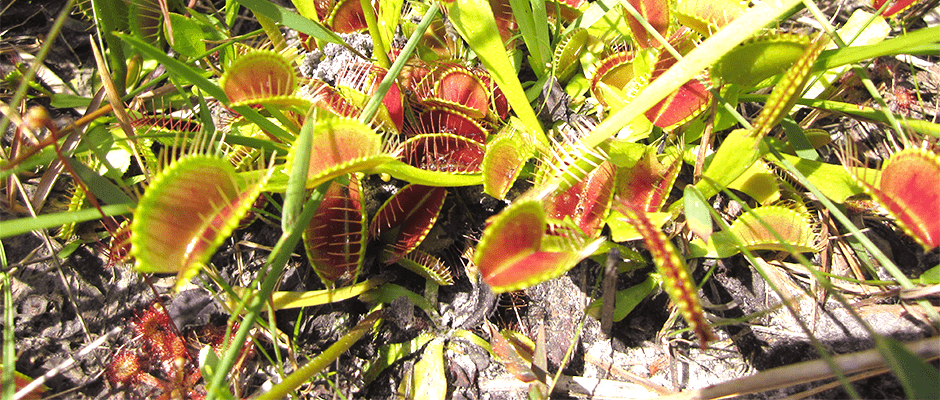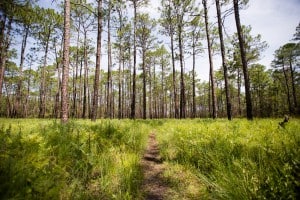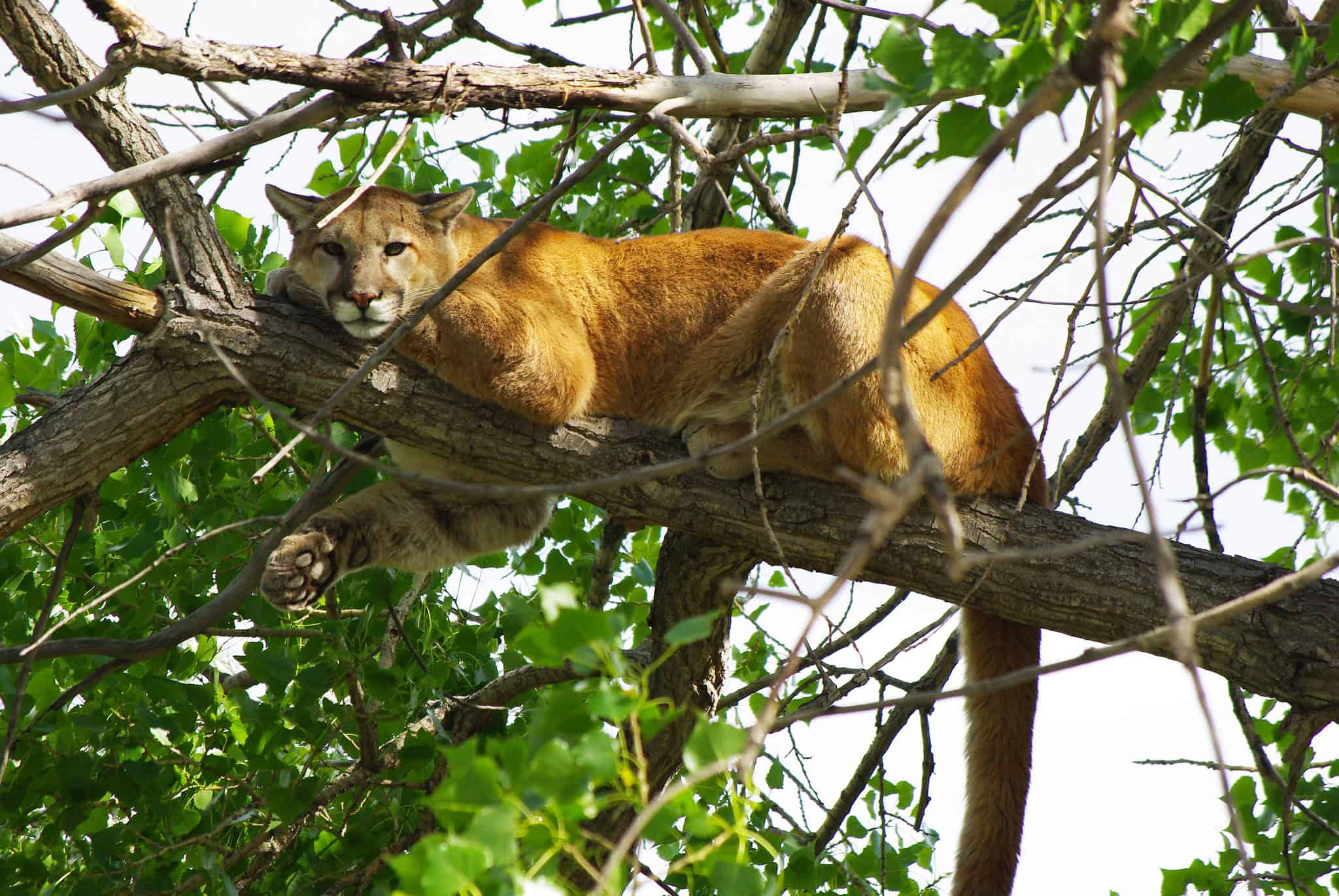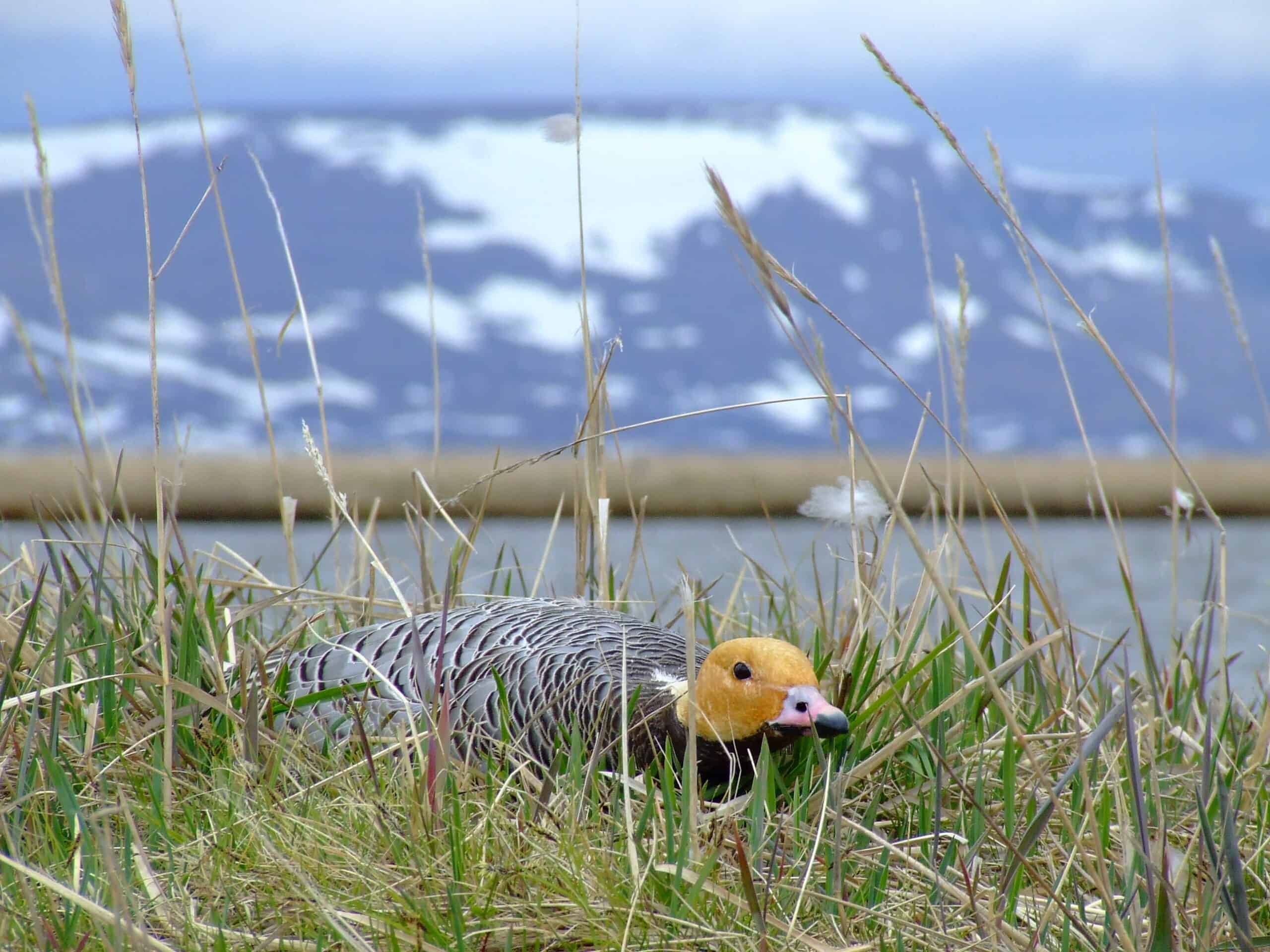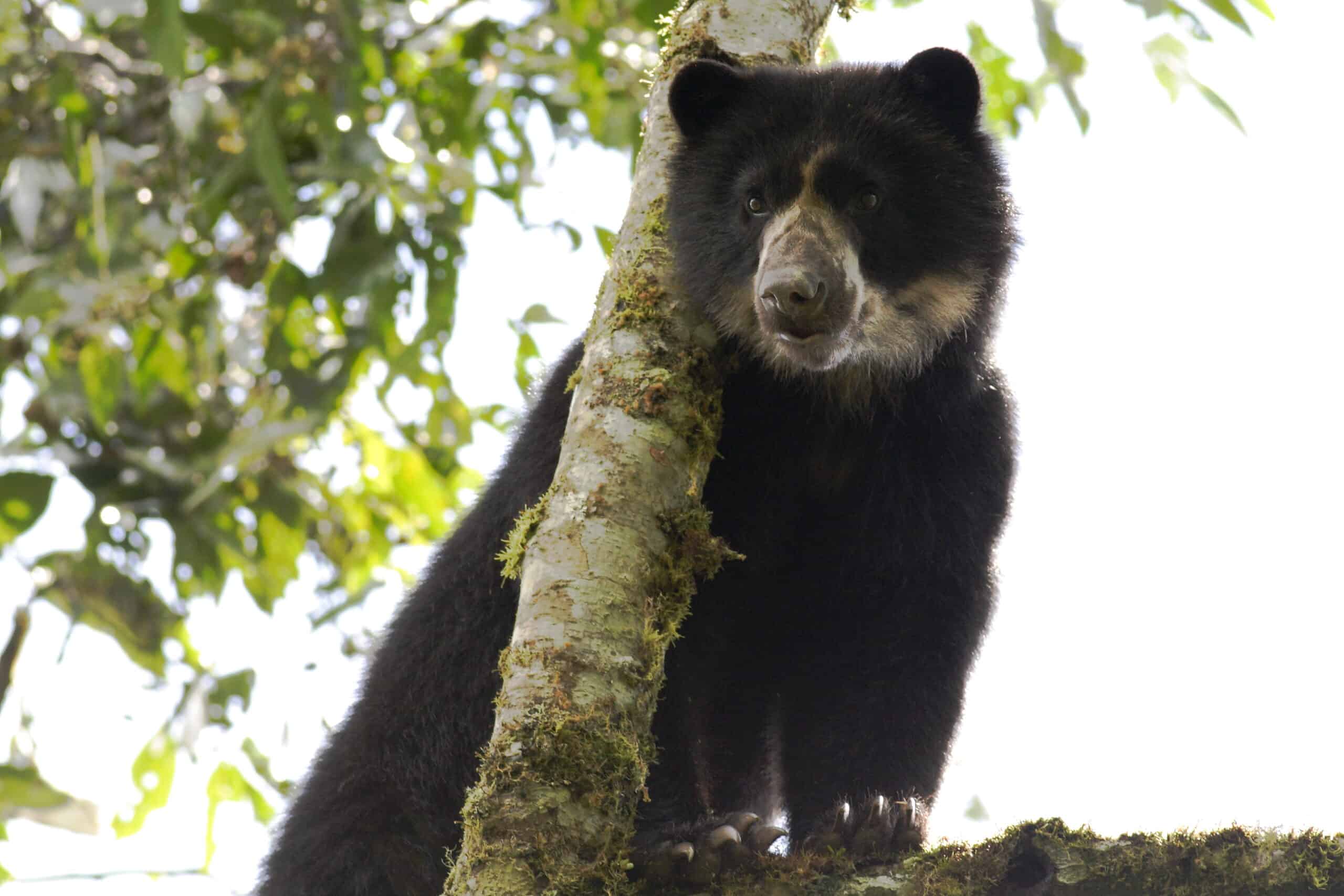Share this article
Where the wild plants are
Meat-eater. Coastal resident. Pyromaniac.
No, we aren’t describing a typical wildlife biologist in eastern North Carolina (although who are we kidding, the description fits). We are talking about the Venus flytrap (Dionaea muscipula), North Carolina’s most infamous botanical resident and our official State Carnivorous Plant.
Restricted to a small corner of North and South Carolina, the Venus flytrap has been captivating biologists for centuries. Dubbed “one of the most wonderful plants in the world” by Charles Darwin himself, Venus flytraps are a study in adaptation. Flytraps evolved foliar feeding to secure nutrients not readily available in the poor soils in which they grow. Their prey of choice? Invertebrates, primarily crawling species of ants and spiders, lured in by bright red “traps.” Flytraps are fire dependent, thriving in recently burned areas with abundant light and few competitors.
Habitat loss and fire suppression have taken a significant toll on the Venus flytrap in the wild. Only a fraction of their range is still suitable and inhabited by flytraps today. Remaining strongholds are in need of management to restore the open conditions required by flytraps to grow and reproduce. An additional threat to the species comes from the large and growing horticultural market. While flytraps are easily (and legally) cultivated in greenhouses around the world, poaching is still a real threat to the species in the wild. Today, the strongest remaining populations are located on lands owned by conservation nonprofit, state agencies and the military. Partners across the range are working on habitat restoration and land acquisition projects to ensure that flytraps are around for future generations.
While you are in North Carolina for the 2016 Annual Conference, consider a trip east of town to see one of North Carolina’s greatest natural treasures firsthand.
Visit flytraps in the wild
The Nature Conservancy owns and manages some of the best Venus flytrap habitat in North Carolina, including their Green Swamp Preserve. This preserve is open to the public and is home to 14 species of carnivorous plants, including flytraps. Enjoy 13,000 acres of evergreen shrub bog and longleaf pine savanna.
Visit this beautiful park and hike the Flytrap Trail for easy viewing of Venus flytraps in coastal habitat. See a variety of coastal vegetation types, including a dwarf cypress swamp forest growing in a limestone sink pond and beautiful brackish marshes.
Header Image: ©Dale Suiter/USFWS



